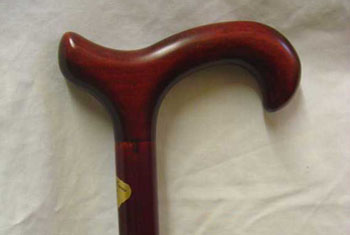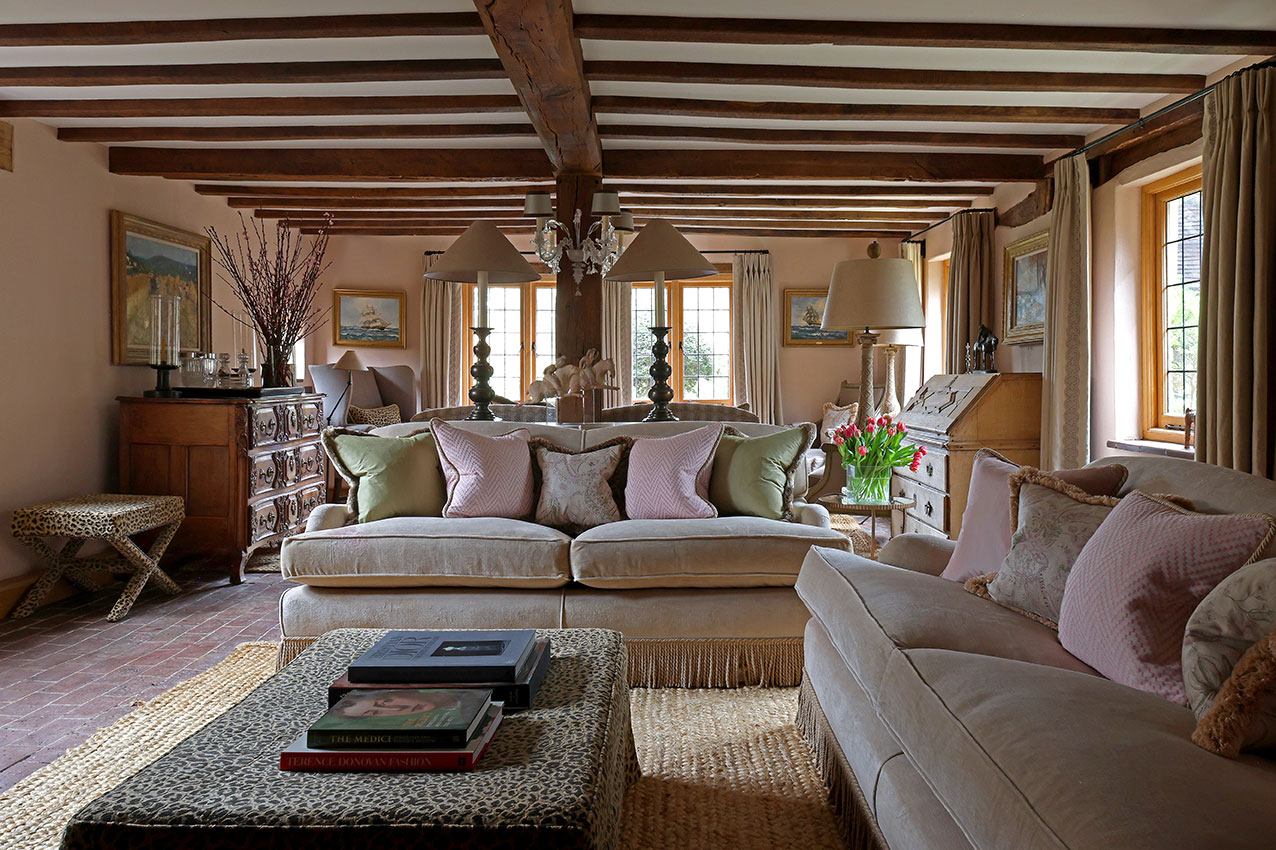Skilled artisan: Stickmaker
Stickmakers today work with wood to make pieces which are both practical and cherished as works of art.


I first became interested in stickmaking about 15 years or so ago when I was working for a local authority. At that time several people I was working with had an interest country pursuits, one of them made a few sticks. He gave me one it was a piece of antler thumbstick with Mahogany on for caps. As the years past I forgot I had this stick, but stumbled across it when we moved house. I decided then to have a go at making one myself, so I begged a couple of Hazel shanks, and made a couple of tops.
The following winter I cut a few shanks from a local wood, begged a few more seasoned shanks until mine were dry. I made one or two for neighbours and it just went on from there. You can say I had been bitten by the bug.
I will make sticks for the rambler to the shepherd, but I get asked regularly to make sticks for presents with pet dogs on. I often get asked what is the perfect height for a stick, and my answer is that there is no perfect height.
I don't particularly have a favourite work tool, but there are tools more important than others, for example when working ram's horn a 10 ton press and bulking blocks are essential. When making crooks I have a favourite inside line, that's the inside shape when looking at it from the side. There are small differences in profile and shape a technical thing really; to the amateur it would go un-noticed.
Sign up for the Country Life Newsletter
Exquisite houses, the beauty of Nature, and how to get the most from your life, straight to your inbox.
Country Life is unlike any other magazine: the only glossy weekly on the newsstand and the only magazine that has been guest-edited by HRH The King not once, but twice. It is a celebration of modern rural life and all its diverse joys and pleasures — that was first published in Queen Victoria's Diamond Jubilee year. Our eclectic mixture of witty and informative content — from the most up-to-date property news and commentary and a coveted glimpse inside some of the UK's best houses and gardens, to gardening, the arts and interior design, written by experts in their field — still cannot be found in print or online, anywhere else.

